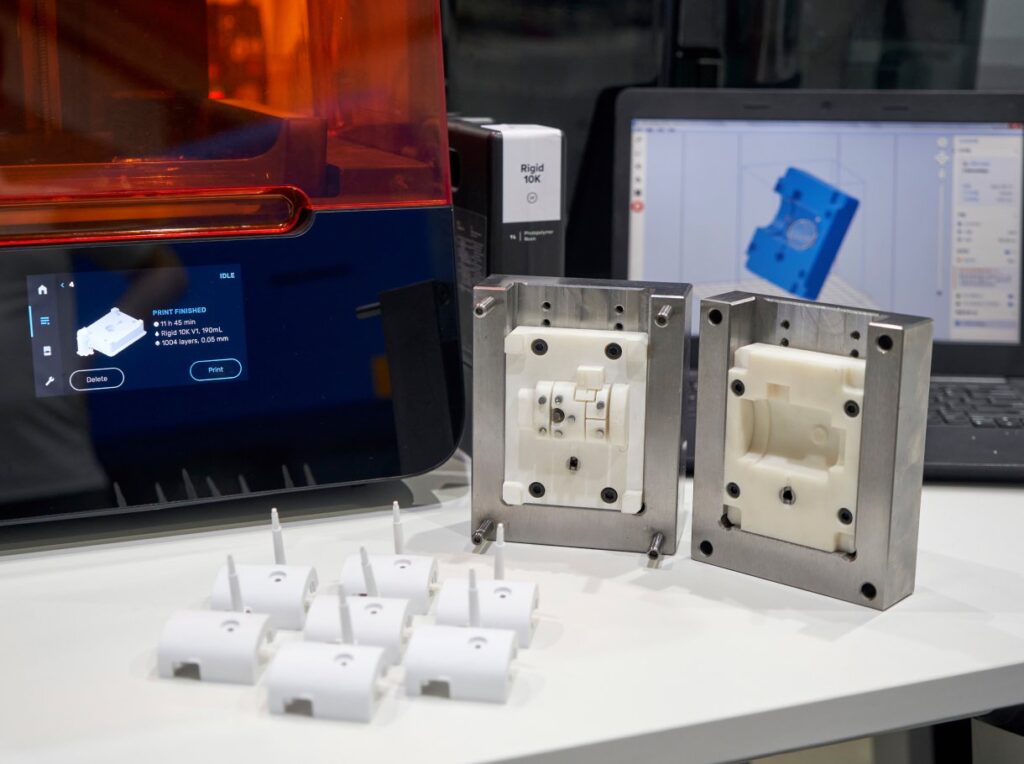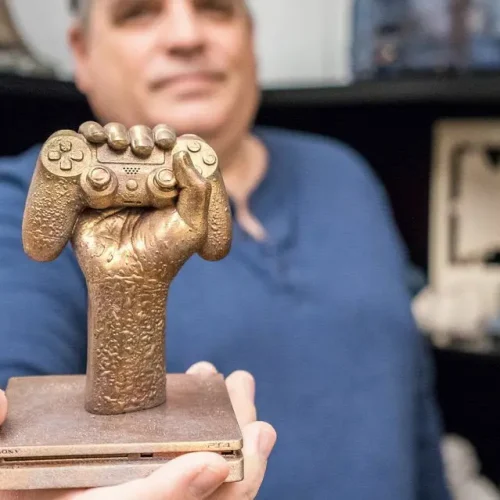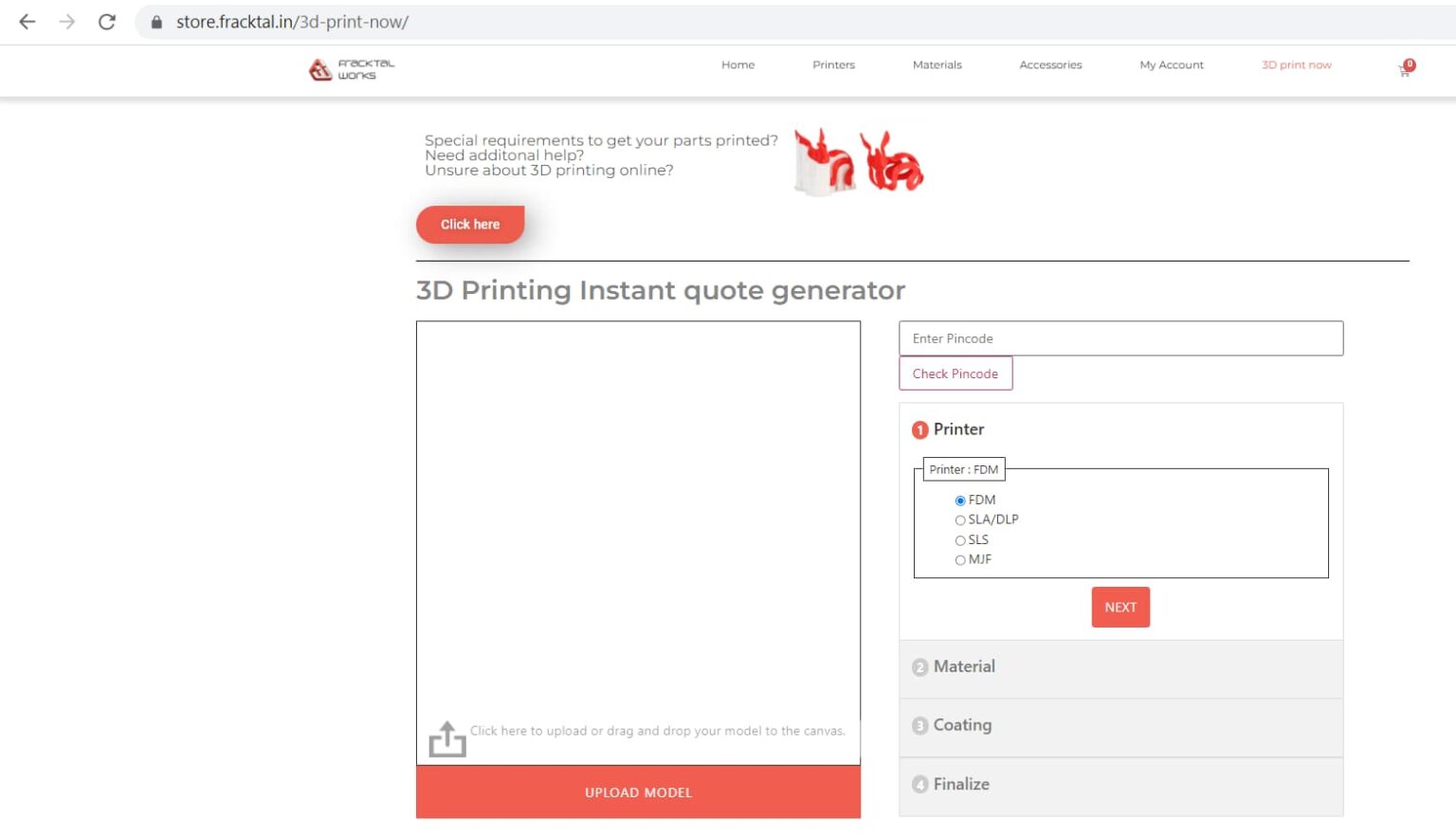Manufacturing 3D printing industry
The art of manufacturing has been evolving since the beginning of industrial, and 3D printing is creating new possibilities which were never thought of!


Manufacturing redefined!
Companies across aerospace, automotive, defense, consumer goods, medical, and more are adopting digital manufacturing tools to take steps towards the promise of Industry 4.0. 3D printing is a catalyst for efficiency, giving staff from production engineer to machinist the tools to tighten supply chains, improve production, and get to market faster—saving hundreds of thousands of dollars and weeks to months of time along the way.
Integrating 3D printing into production
From accelerating prototyping to cutting the lead time and costs of outsourcing tooling, manufacturing processes are ripe with opportunities to benefit from 3D printing.
1. Integrating 3D printing into production
3D print parts in-house to accelerate and reduce iteration costs, tighten feedback loops, and validate part design and manufacturability to get ahead of potential supply chain delays.ac


Aftermarket LED lightbar by Holley, printed in Grey Resin
2. Production Tools
Bring rapid, cost-effective production of jigs, fixtures, and tooling in-house to save days or weeks of lead time, improve operational agility, and dramatically reduce costs versus outsourcing parts to an external vendor to machine from solid billet of plastic or metal.


Locator Jig printed in tough resin
Jigs and fixtures
Reduce costs and increase agility by bringing jig and fixture production in-house with no minimum order quantities, no toolpath programming, wide material selection, and low capital equipment costs. Continuously improve products and respond quickly and effectively to issues on your manufacturing line with jigs and fixtures that improve assembly or QA processes.


Tooling
Build custom tooling that stands up to the rigors of the factory floor, and can help solve your toughest manufacturing challenges. Validate manufacturing processes, solve DFM issues, and increase flexibility by direct printing of tooling for applications ranging from injection molding to CNC tube bending.


Injection Mouding
3D printing injection molds for prototyping and low-volume production reduces costs and shortens lead time compared to traditional mold manufacturing while still producing high-quality, repeatable parts.


3. End use parts
From a local foundry to a Fortune 500 company, 3D printed parts are reducing time- and resource-intensive steps in production processes and opening new business opportunities with the flexibility of cost-effective customization.


Fittings and consultation
High precision, polymer-based 3D prints are well-suited for casting workflows to produce metal parts at a lower cost, with greater design freedom, and in less time than traditional methods. Foundries around the world use 3D printing for directly investable printed patterns, molds for wax injection, and sand casting patterns.


Short Run production
Short run production with 3D printing provides flexibility to change designs without sinking high costs into tooling, and a cost-effective manufacturing alternative for producing end-use parts in the tens and hundreds.


Moulding
Test mold designs prior to committing to expensive tooling. Print ready-to-use molds for thermoset and thermoplastic workflow with materials resilient enough for low-volume injection molding, overmolding, and casting components.


Mass Customisation
Without the need to invest in costly tooling, use 3D printing to manufacture a variety of complex designs with no more time, energy, or material than producing simple parts. Automated 3D printing solutions can help to scale personalized products for mass market opportunities such as patient-specific models in healthcare to consumer products like dentures, shoes, and earbuds.


















